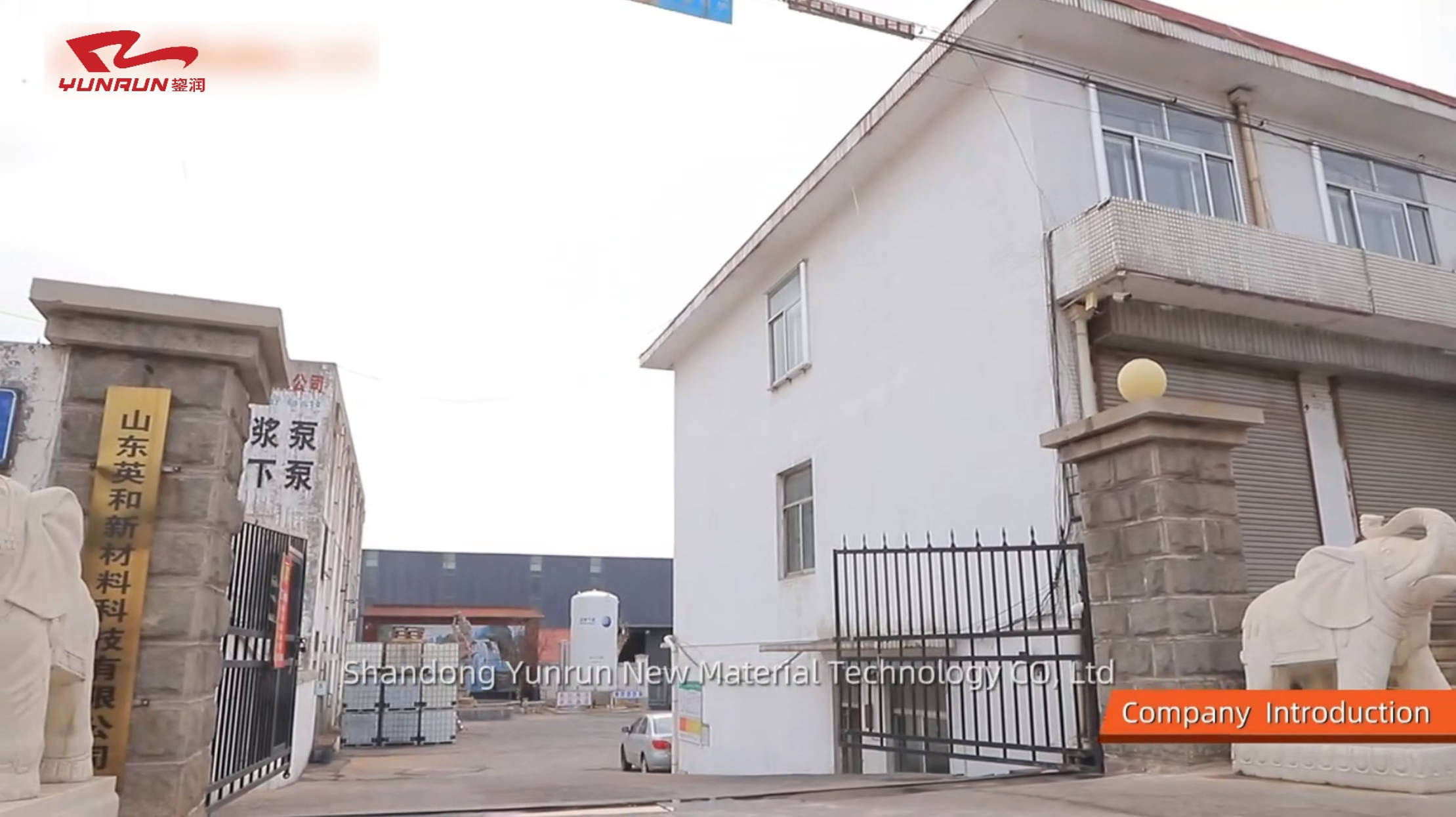Understanding Low Modulus Polyurethane Sealant: Key Benefits and Applications
Low modulus polyurethane sealant is a versatile adhesive material widely used in various industries, particularly in construction and automotive applications. Its unique properties make it an excellent choice for projects that require flexibility and durability. Unlike high modulus sealants, low modulus polyurethane sealants have a lower tensile strength and higher elongation capabilities. This ch
Jul 26,2025
Low modulus polyurethane sealant is a versatile adhesive material widely used in various industries, particularly in construction and automotive applications. Its unique properties make it an excellent choice for projects that require flexibility and durability. Unlike high modulus sealants, low modulus polyurethane sealants have a lower tensile strength and higher elongation capabilities. This characteristic allows them to accommodate movement and stress without cracking or losing adhesion, making them ideal for dynamic environments.
One of the primary advantages of low modulus polyurethane sealants is their exceptional elasticity. This feature enables them to maintain a strong bond even under varying temperatures and mechanical stresses. The sealant can stretch and compress, which is particularly beneficial in applications where joints are subject to expansion and contraction due to temperature fluctuations or structural movement. This flexibility not only enhances the longevity of the seal but also reduces the chances of failure, ensuring a reliable seal over time.
Another significant benefit of using low modulus polyurethane sealants is their excellent adhesion properties. They bond well to a variety of substrates, including concrete, glass, metals, and plastics, which makes them highly applicable in diverse settings. This strong adhesion is essential for ensuring that the sealant remains effective in preventing water ingress, air leaks, and other environmental factors that can compromise structural integrity.
Low modulus polyurethane sealants also exhibit good resistance to UV radiation and weathering. This resistance is crucial for outdoor applications, where exposure to sunlight and moisture can lead to degradation in other sealant types. By maintaining their performance characteristics in harsh environmental conditions, low modulus polyurethane sealants provide a durable and long-lasting solution for sealing applications.
In addition to their mechanical and environmental benefits, low modulus polyurethane sealants are often easy to apply. They can be used with standard caulking tools, allowing for convenient application in both large-scale projects and smaller repairs. Their fast curing times further enhance productivity, enabling contractors to complete jobs efficiently.
In conclusion, low modulus polyurethane sealants stand out in the adhesive marketplace due to their superior flexibility, strong adhesion, weather resistance, and ease of application. Whether for construction, automotive, or industrial applications, these sealants provide essential solutions that meet the demands of modern sealing tasks. Understanding the properties and advantages of low modulus polyurethane sealants can help professionals make informed decisions in selecting the right materials for their projects, leading to improved performance and longevity of seals and bonds.
One of the primary advantages of low modulus polyurethane sealants is their exceptional elasticity. This feature enables them to maintain a strong bond even under varying temperatures and mechanical stresses. The sealant can stretch and compress, which is particularly beneficial in applications where joints are subject to expansion and contraction due to temperature fluctuations or structural movement. This flexibility not only enhances the longevity of the seal but also reduces the chances of failure, ensuring a reliable seal over time.
Another significant benefit of using low modulus polyurethane sealants is their excellent adhesion properties. They bond well to a variety of substrates, including concrete, glass, metals, and plastics, which makes them highly applicable in diverse settings. This strong adhesion is essential for ensuring that the sealant remains effective in preventing water ingress, air leaks, and other environmental factors that can compromise structural integrity.
Low modulus polyurethane sealants also exhibit good resistance to UV radiation and weathering. This resistance is crucial for outdoor applications, where exposure to sunlight and moisture can lead to degradation in other sealant types. By maintaining their performance characteristics in harsh environmental conditions, low modulus polyurethane sealants provide a durable and long-lasting solution for sealing applications.
In addition to their mechanical and environmental benefits, low modulus polyurethane sealants are often easy to apply. They can be used with standard caulking tools, allowing for convenient application in both large-scale projects and smaller repairs. Their fast curing times further enhance productivity, enabling contractors to complete jobs efficiently.
In conclusion, low modulus polyurethane sealants stand out in the adhesive marketplace due to their superior flexibility, strong adhesion, weather resistance, and ease of application. Whether for construction, automotive, or industrial applications, these sealants provide essential solutions that meet the demands of modern sealing tasks. Understanding the properties and advantages of low modulus polyurethane sealants can help professionals make informed decisions in selecting the right materials for their projects, leading to improved performance and longevity of seals and bonds.
Others




